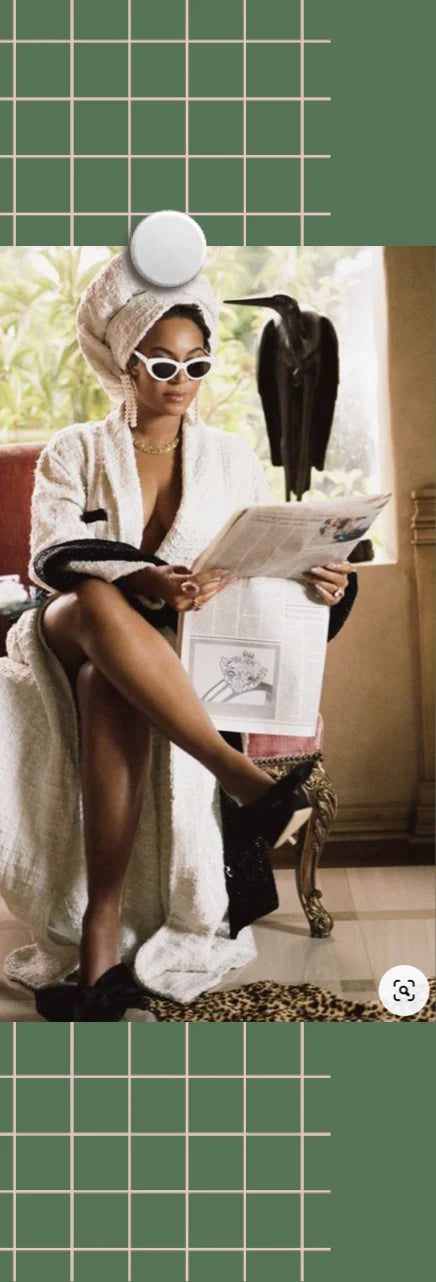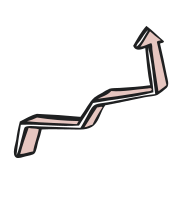







The Curve's: Lazy Girl Paycheck Method


Have you heard of ‘lifestyle creep’? If not, let me introduce you.
Lifestyle creep essentially refers to the way we all naturally adjust our spending, based on what’s coming into our accounts…
Imagine you've been on the same salary for three years. But all of a sudden you get a $5,000 pay rise! 👏 You think ‘Oh yay, now I can start to save, or invest’ but fast-forward to the end of the month and you haven’t saved or invested any of that extra moolah. You’re left wondering where that extra salary boost disappeared to… sound familiar?
It’s a very clever skill really - being able to spend exactly how much comes into your account, and it’s something most of us are very guilty of. Whether your salary is $25,000 or $250,000 - unless you automate where that money is allocated, I can almost guarantee that by the end of the month, your bank account is looking like the Sahara Desert - completely bare.
It frustrates the f*ck out of me to think I wasn’t taught The Lazy Girl Pay Method sooner. I have been paid 384 times across the 12 years since I left university, and for 366 of those pay cycles, I did not automate ANY of my funds. I couldn’t begin to tell you where my money has gone.
It was about 18 months ago that I started to implement the first iteration of The Lazy Girl Pay Method. It was a super simple technique. I set up an automatic payment of $75 every week that went straight into my 20-year holiday fund (aka my retirement fund).
Amazingly, I forgot about it. I can hand on heart say that I did not get to the end of each month and wonder, "where is that extra $300?". Fast forward 18 months later, and that $300 that was automatically leaving my account, has now turned into a whoooole lot more thanks to compounding interest.
Recently, I took this a step further and created the Lazy Girl Pay Method, which I guarantee will change the way you manage your money. It’s so easy, will take you less than half an hour, and save you SO much ongoing financial anxiety. Plus, set you up for an incredible financially future!
Here’s how it works:
Step 1: How much are you paid?
Figure out how much you are getting paid each month, after tax. For those that are employed, this will be the amount deposited into your bank account every month*. For those that are self-employed, look at the last six months of income and figure out a monthly average.
Step 2: 10% to Future Fund
Figure out what 10% of your monthly remaining pay check is. Set up an automatic payment that sends that money straight out of your spending account the day after pay-day.
IMPORTANT NOTE: if you don’t yet have an emergency 'F U Fund' (which should approx 3 month of your pay) in a high returning savings account just incase something unexpected happens. If you already have an F U Fund, set this 10% automatic payment up to go straight into your investments (direct stocks, ETFs, Funds etc) or as extra for your 20-year holiday fund.
Step 3: 50% to Essentials
Now figure out what 50% of your monthly pay check is. This is your Essentials Account. Your needs (rent/power/transport etc) that you will access regularly. Things you can’t avoid or can't live without - BE HONEST. This does not include Netflix or Manicures. Automate it to go into your Essentials Account.
Step 4: 20% to Living Life
Now figure out the fun stuff, this should be 20% of your monthly income. Automate this amount the day after pay day into your Live your Life Account.
This is your money for going out for dinner, dates, drinks at a bar, concerts, anything fun that brings you joy and makes your life feel as though you’re investing in memories and quality time with people, rather than just living to get ahead.
YOU’RE DONE.
To break that down further, you should have:

- 10% of your income going into - FUTURE FUND
- 50% of your income going into - ESSENTIALS FUND
- 20% of your income going into - LIVE LIFE FUND
- 10% of your income going into - FEEL GOOD FUND
- 10% of your income sitting in your account - BUFFER FUND


